MegaFlora Tree Farms
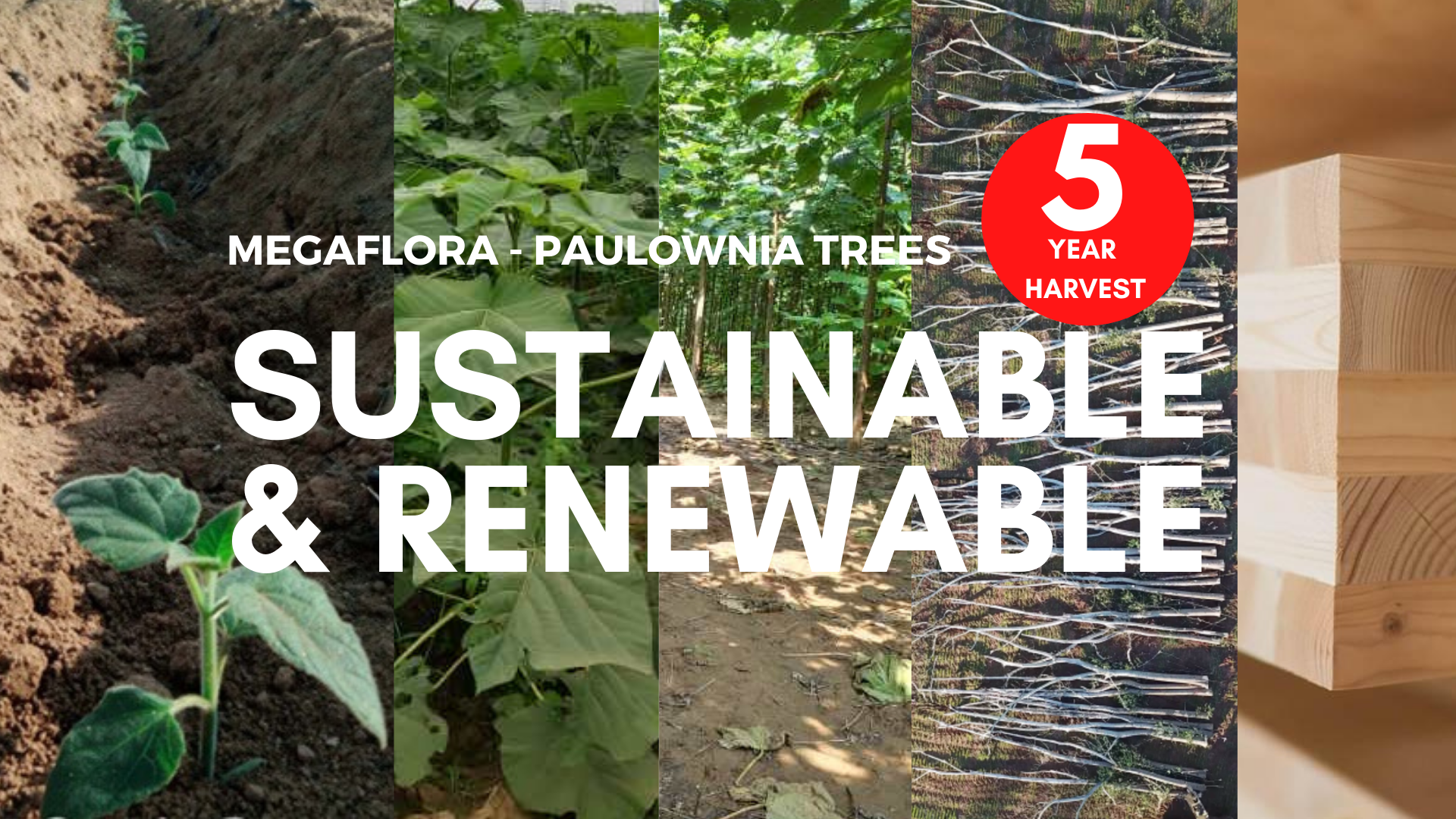
We Now Offer Paulownia Clones Direct From Our Tissue Lab.
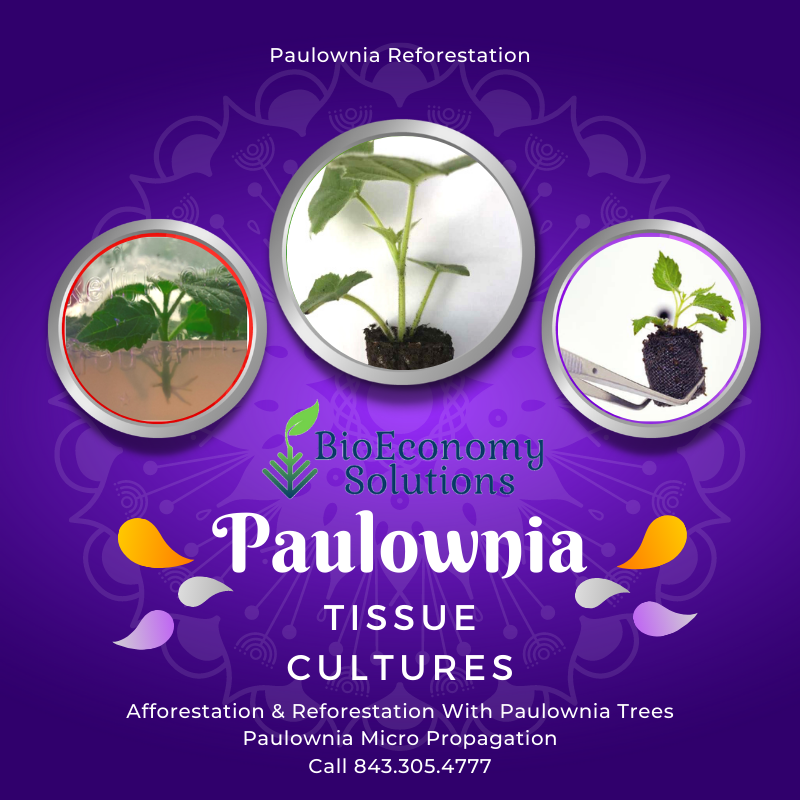
We Now Offer Paulownia Clones Direct From Our Tissue Culture Lab. Contact Us For Your Next Reforestation Afforestation Project. Email mail@bioeconomysolutions.com us or call for details.
About MegaFlora Tree Farms

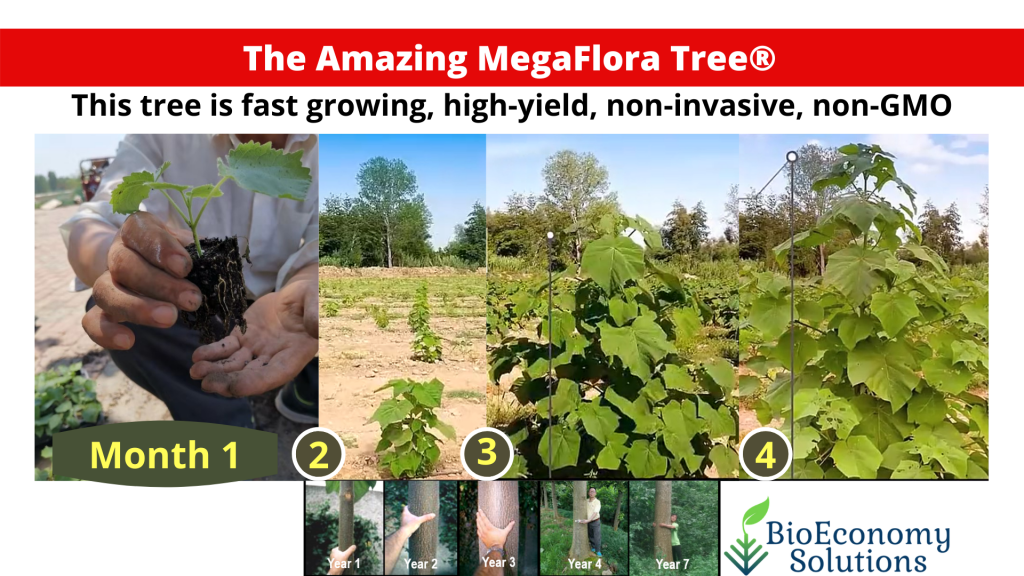
The Amazing MegaFlora Tree®
 A fast growing, high-yield, non-invasive, non-GMO hybrid Paulownia tree that makes planet Earth a better place to live for all forms of life. The MegaFlora tree is a trans-genera clone; it is not a genetically modified organism (GMO). As is the case with all trans-genera clones (example:peach x apricot = sterile nectarine), it is seed-sterile and therefore non-invasive.
A fast growing, high-yield, non-invasive, non-GMO hybrid Paulownia tree that makes planet Earth a better place to live for all forms of life. The MegaFlora tree is a trans-genera clone; it is not a genetically modified organism (GMO). As is the case with all trans-genera clones (example:peach x apricot = sterile nectarine), it is seed-sterile and therefore non-invasive.
THE MAN BEHIND THE MEGAFLORA TREE
Dr. Ray Allen’s initial US based work eventually led to the creation of the MegaFlora Tree occurred in the late 1990’s with his participation in a plant breeding effort to develop a cross of three Paulownia species. The underlying purpose of this effort was to attempt to create a new Paulownia tree that would phenotypically express the most positive features of all three species into a new cross-bred tree and as a result would have greater commercial value; especially such features as fast growing, higher quality wood, better tolerance to environmental extremes, coppicing, and resistance to insect infestation. The effort was successful.
MegaFlora is Genesis Agroforestry’s brand name for this unique tree, which was first developed in 2000-2001 by Dr. Ray Allen, the company’s chief scientist.
Download MegaFlora White Paper
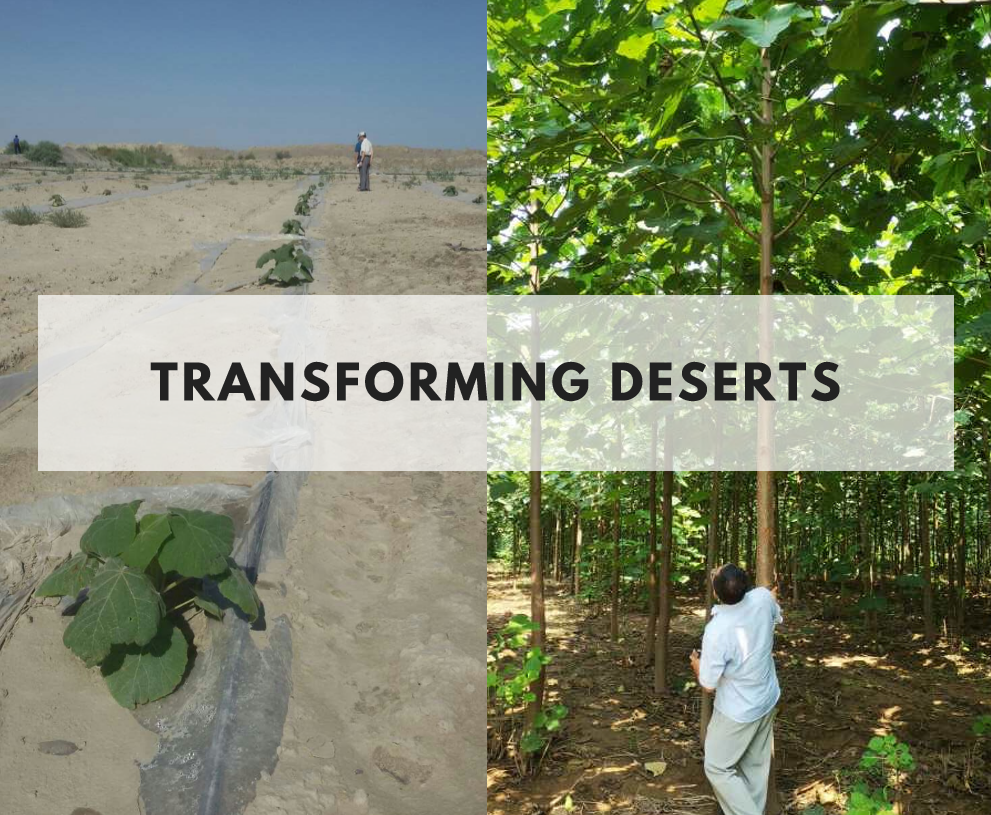
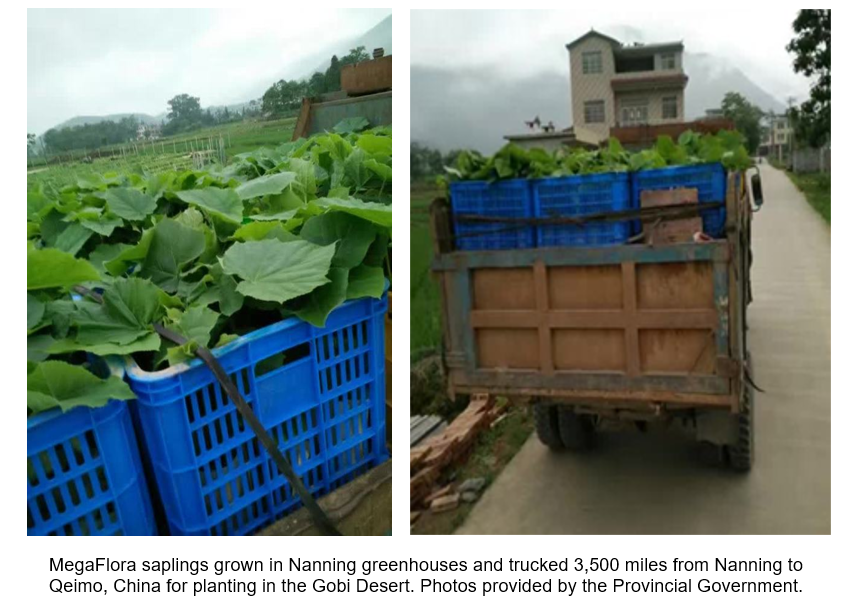
Growing MegaFlora trees has many positive uses and benefits, both to the environment and in commerce. An ideal choice for:
- Reforestation projects and programs – reforesting a deforested area
- Afforestation projects and programs – planting a new forest where none previously existed
- Commercial woodlot enterprise – biomass or wood chips for renewable energy generation, milling high-quality wood products
- Restoring areas from environmental damage – restoring closed mine sites or closed or abandoned industrial sites or areas devastated by a wildfire
ENVIRONMENTAL USES & BENEFITS
Improves air quality via its large (~12-18 inches in diameter) leaves.

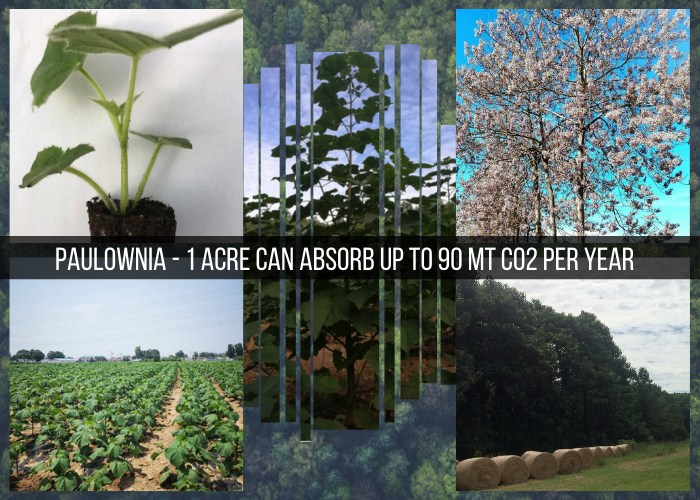
The equivalent tonnage of carbon dioxide sequestration for a 5 year old P. tomentosa based on 339 kg of total carbon measured equates to 1.24 metric tonnes of CO2 sequestered by the trees. This, assumes 100% of the carbon in the tree came from the atmosphere and none from the roots.
Data for 4 yr old P. tomentosa trees based on 204 kg is 0.75 metric tonnes of CO2 sequestered, which is identical to calculations for 3-4 yr old MegaFlora trees (0.72-0.75 metric tonnes) based on NC State tree weight data and Hazen Research carbon measurements.
Full Report: Carbon Sequestration Ability of Paulownia Tomentosa Steud
Paulownia tree CO2, which is ten times more than most other trees.
- Pulls local odors and common air pollutants out of the air
- A highly effective windbreak resulting in mitigation of particulate matter (PM) generation and dispersion
- Improves soil and water quality via its deep-penetrating roots
- Phytoremediation – removes hazardous inorganic chemicals from soil and water
- Extensive root structure helps build soil fertility
Ideal habitat for wildlife
- Large leaves provide a nutritious food source for ruminant wildlife
- Excellent canopy for birds
- Reduced threat of wildfires via its high ignition temperature (420 – 430 °C vs 220 – 225°C for most other trees)– highly non-flammable trees make an excellent fire break
- Soil stabilization via its extensive root structure – highly effective in stabilizing soil and reducing erosion
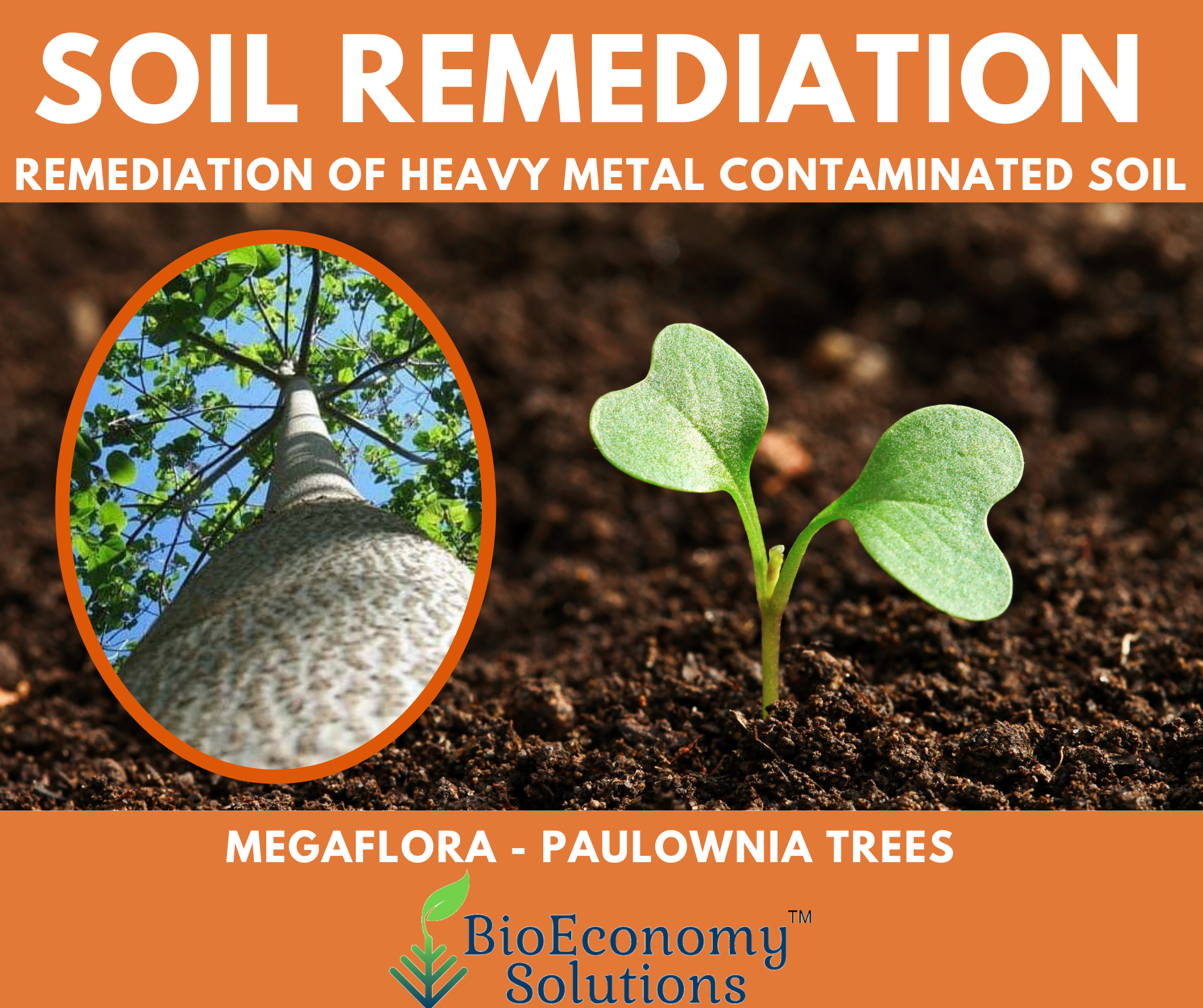
PAULOWNIA FOR SOIL REMEDIATION
Paulownia has been used for hundreds of years for stabilization of highly erodible land, bioremediation, soil remediation and Phytoremediation of contaminated land.
Full Reports:
Full Report: Flame Retardancy of Paulownia Wood and Its Mechanism.
Report Abstract: Paulownia wood (Pauloumia tomentosa) is a special kind of wood material in that it has especially
excellent flame retardancy. Using this property, it has been commonly used to make clothing wardrobes for
a long time in Japan. In this research, the flame retardancy of paulownia wood has been verified by heating
experiments and cone calorimeter testing.
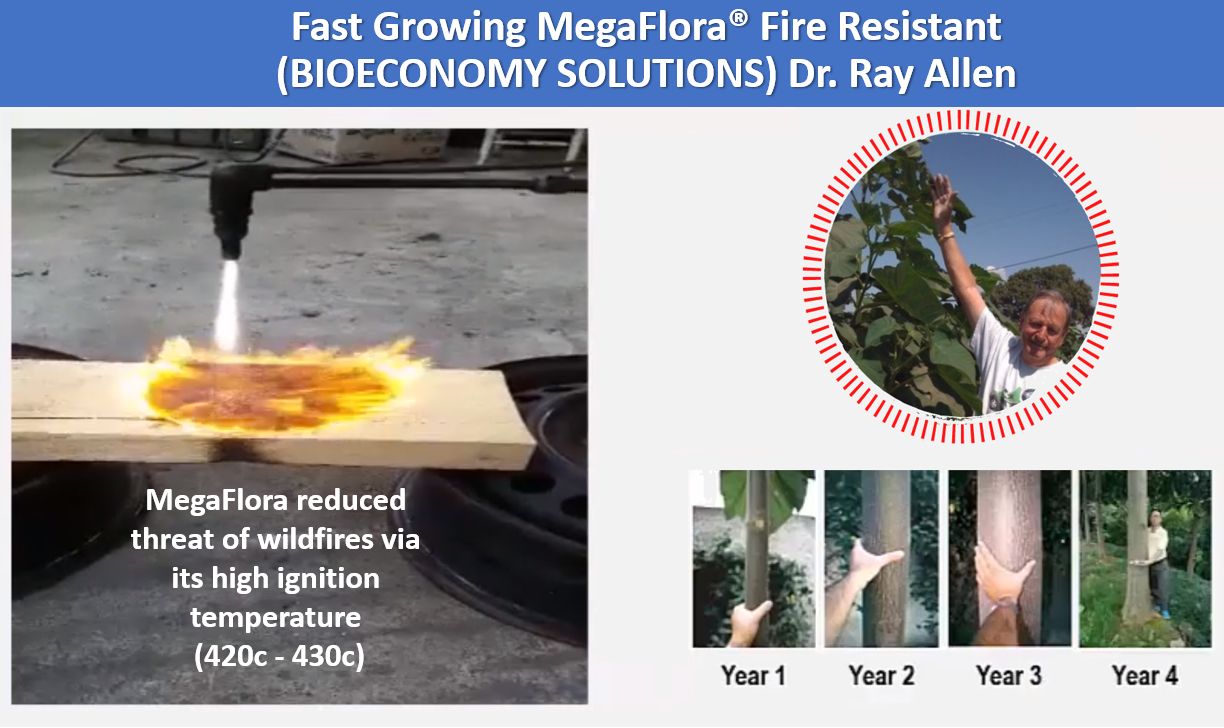
MEGAFLORA TREES IN THE GOBI DESERT
Gobi Desert Afforestation Project – Also called the “Great Green Wall of China” and the “Three North Shelterbelt Project.”
Goals:
- Slow desert encroachment and curtail wind-blown dust
- Re-establish China’s depleted forests
- Sequester carbon and generate sale of carbon credits
- Largest desert afforestation project in the world
- By 2050, the Green Wall is planned to extend 2,800 miles, cover 405mm hectares (42% of China), and increase the world’s forest cover by a tenth.
The characteristics of our tree:
- A non-invasive semi-hardwood that produces saplings from a section of root, not a seed
- Sends a tap root to a depth of 30-35 feet in the first three year of growth
- Regrows vigorously from the post-harvest stump (coppice), which eliminates the need to replant
- Large leaves (12-24 inches in diameter) effectively sequester large quantities of greenhouse gases (CO2), local odors, and common air pollutants
- Our team has planted millions of trees in the Gobi desert and are read to help you with reforestation projects world wide
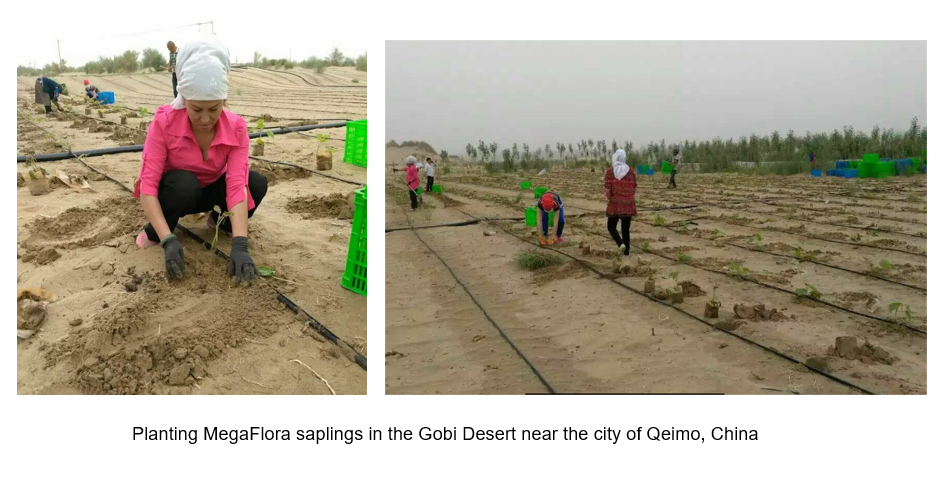
MEGAFLORA TREES IN CHINA
Nanning, China
Dr. Allen’s MegaFlora tree planting program began in Nanning, China in 2012. Located near the China-Vietnam border, the City of Nanning has been called China’s Southern Capital for hundreds of years. Not long after arriving in Nanning for the first time, Dr. Allen noticed a preponderance of Eucalypt trees growing in areas where pine forests had once dominated. He also noticed the sparseness and unhealthy appearance the pine trees that were present, and the general lack of wildlife and other vegetation in the Eucalypt forests.
Soon thereafter, Dr. Allen successfully advocated to China’s Ministry of Forestry in Beijing (Minister Zhou) that the monoculture of Eucalypt trees growing in Nanning would need to be replaced in order to restore the natural ecosystem to the area. He recommended MegaFlora trees – in conjunction with native species – as one part of this reforestation program. Shortly thereafter, 50,000 MegaFlora tree roots were shipped from the U.S. to China, treated with the proprietary hybridization process for creating MegaFlora trees, and planted in Nanning’s Flower Park greenhouses.
These were the first MegaFlora trees in China. Most of these first 50,000 MegaFlora saplings were planted in Quan Dong Province, which today serves as the base of operations for the overall MegaFlora tree planting program in China.
As of 2021, over 17 million Megaflora trees have been planted by Dr. Allen’s Chinese team in 7 different provinces and 17 different locations from the City of Yantai on the coast to the Town of Qeimo west of the Gobi Desert, north to the Border with Mongolia, and south to the border of Vietnam. Three Provinces are now home to most of the MegaFlora trees in China, with the Provinces of Guanxi and Quan Dong having the most MegaFlora trees. The Heibi area has recently received an influx of MegaFlora plantings.
Qeimo, China
Qeimo is a remote location in the Southwest corner of the Gobi Desert. This region is where the Great Green Wall of China, also known as the Three-North Shelter Forest Program (TNSFP) or the Three-North Shelterbelt Program, first began in 1978. This program, which is by far the largest and most aggressive afforestation/reforestation initiative of its type in the world, has the specific objectives of: (1) halting desertification (the transformation of arable, hospitable land into desert) by planting trees and other vegetative cover, (2) restoring forests to provide societal and environmental benefits, and (3) improving the human condition.
Our Paulownia is growing in the United States at multiple locations in California and South Carolina – USA.


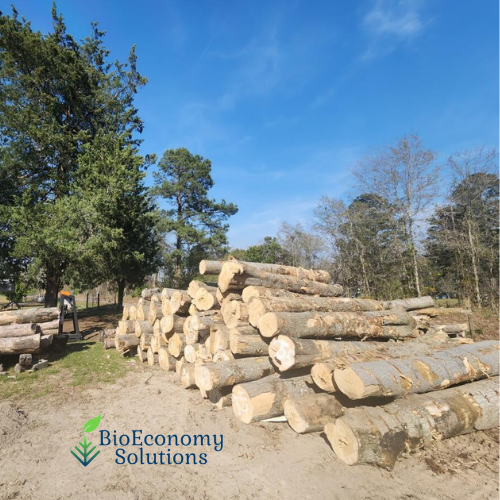
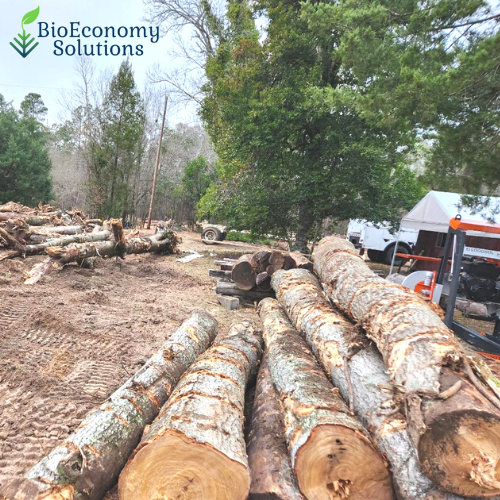
MegaFlora Wood Products
MegaFlora trees produce a blond timber with a long straight grain without knots, which air dries quickly with low shrinkage and does not easily warp,crack or deform.
Download MegaFlora Wood Products Presentation
MegaFlora wood is used in the production of musical instruments, furniture, windows, doors, venetian blinds, dimensional lumber, plywood, cabinetry, roofing, siding, and crown moldings. It can be peeled as a veneer to a 1/32 of an inch in thickness.
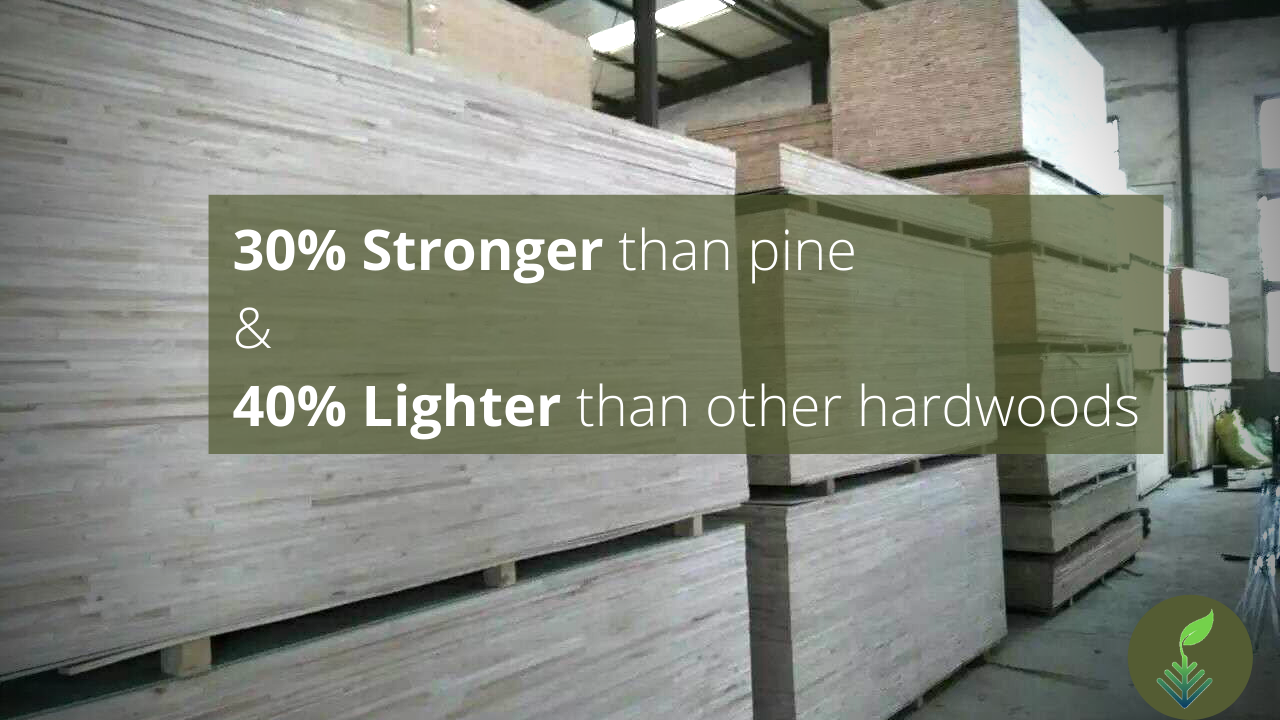
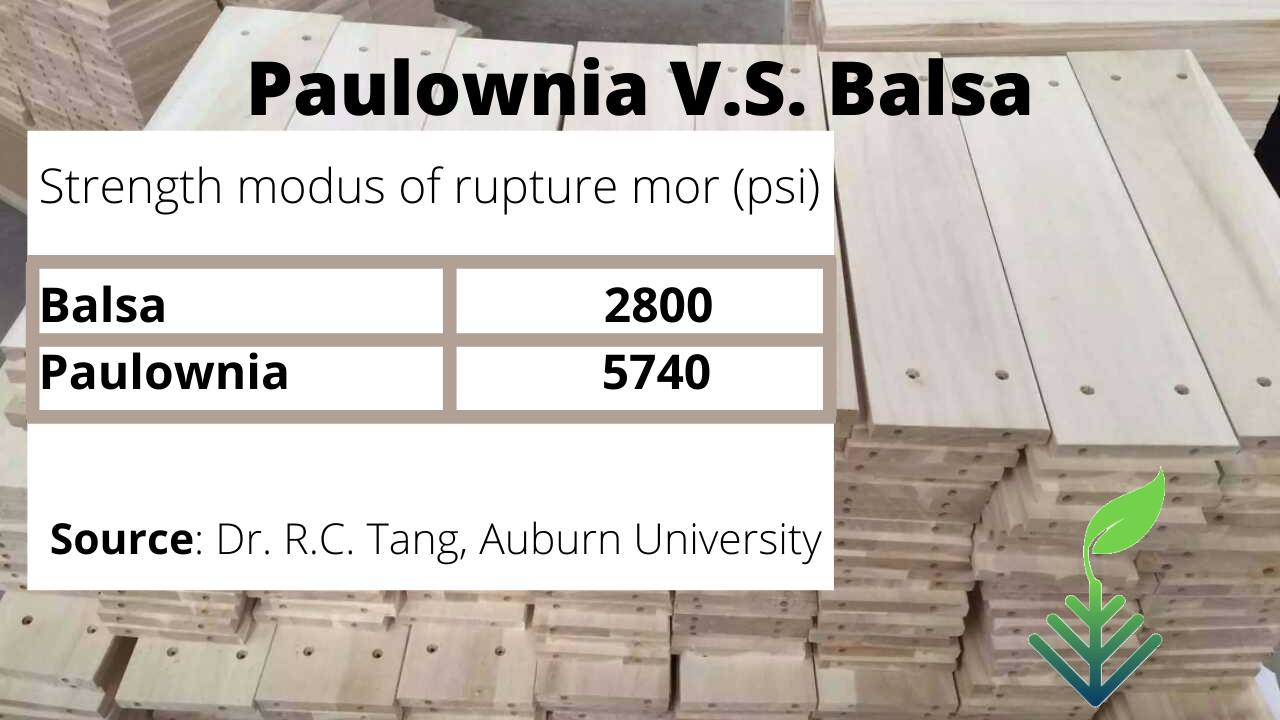
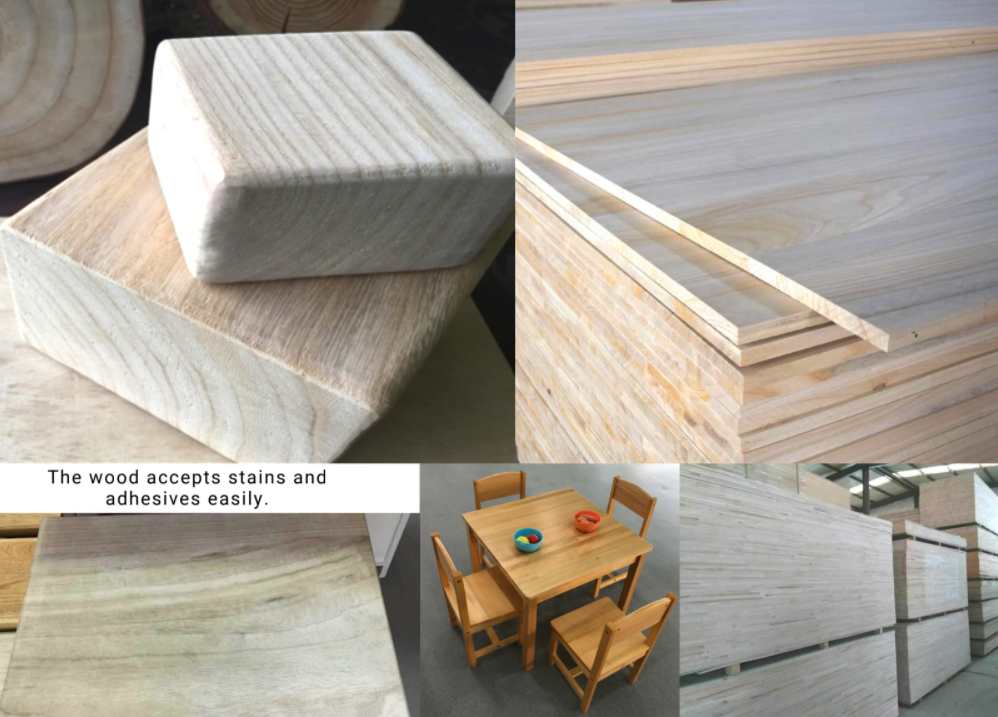

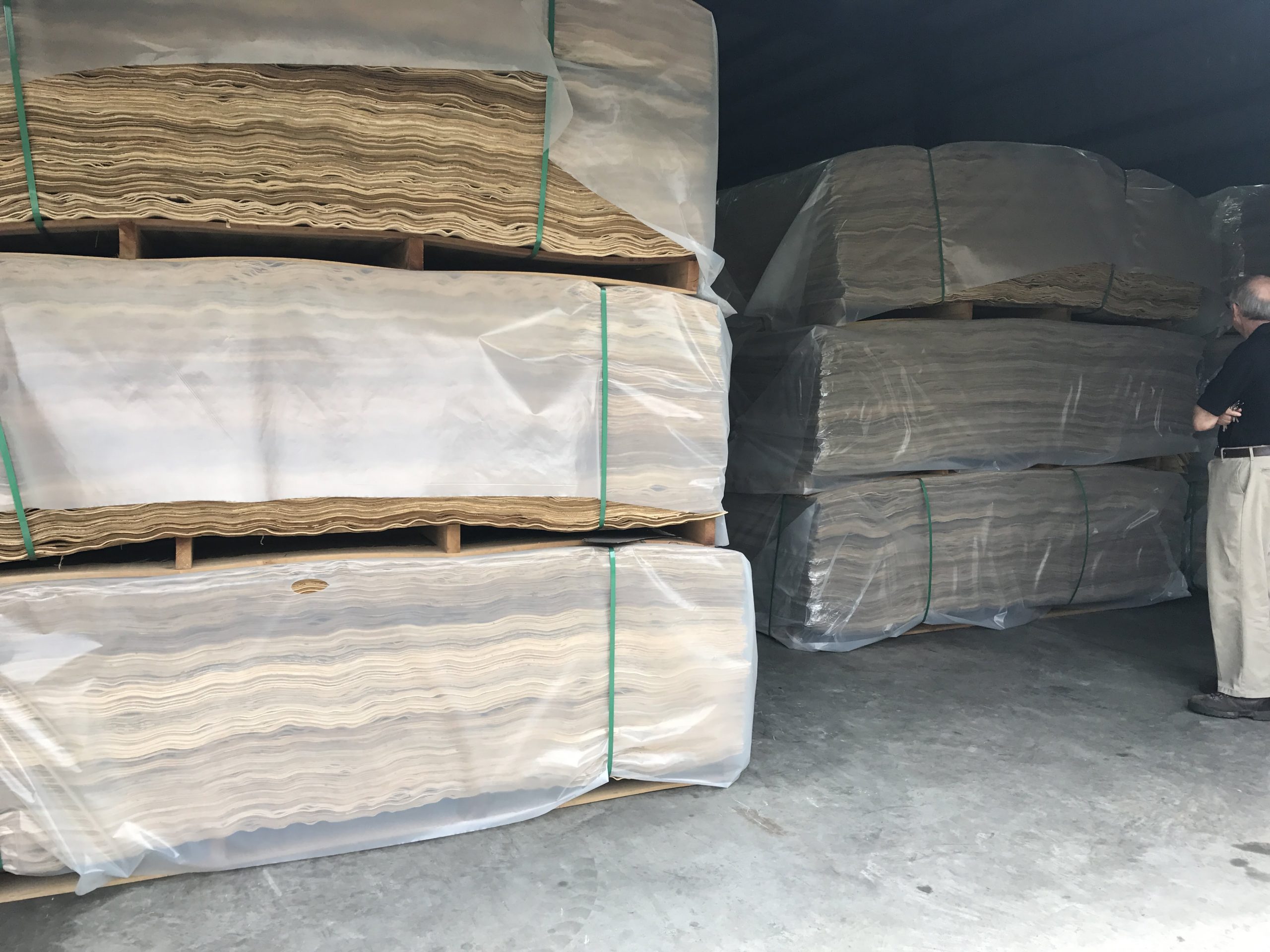
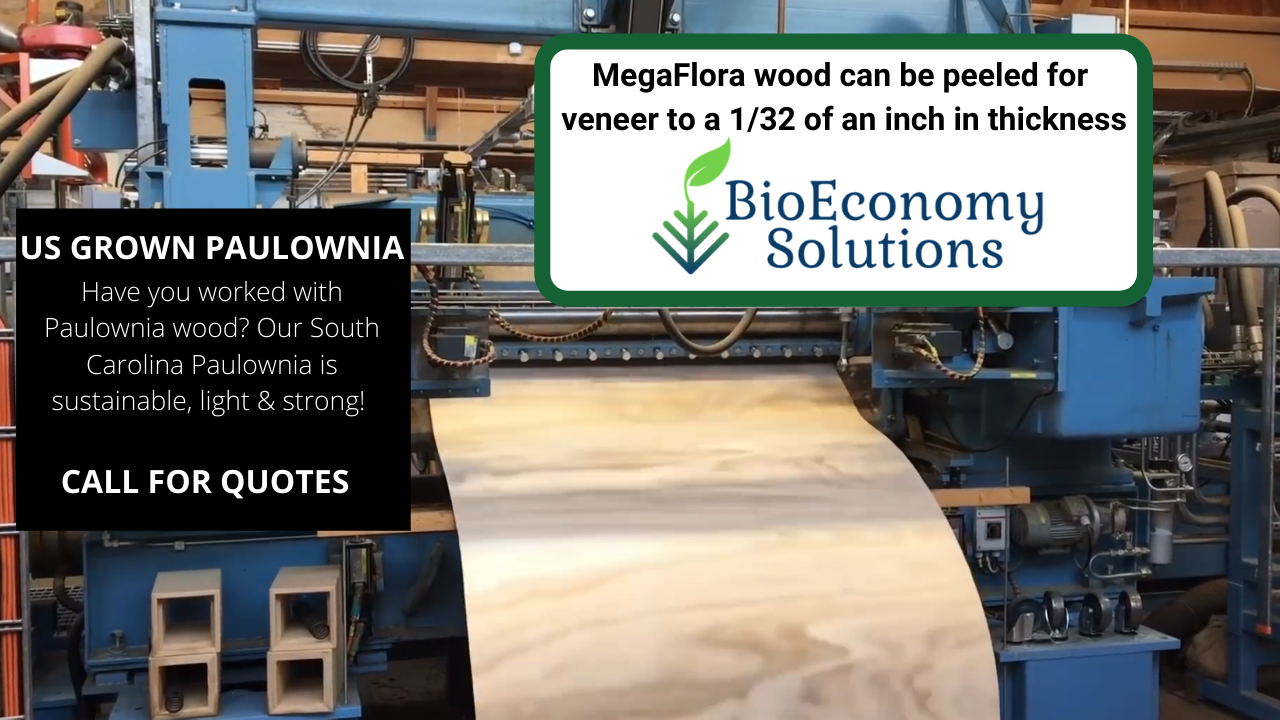
FIND OUT MORE INFORMATION & CONTACT US:
Let’s chat about innovative solutions for sustainable afforestation & reforestation projects
We are happy to organize a time to speak with you. Please book your preferred time to speak or call us directly.
Here’s a link to our online calendar/schedule: https://info586.youcanbook.me